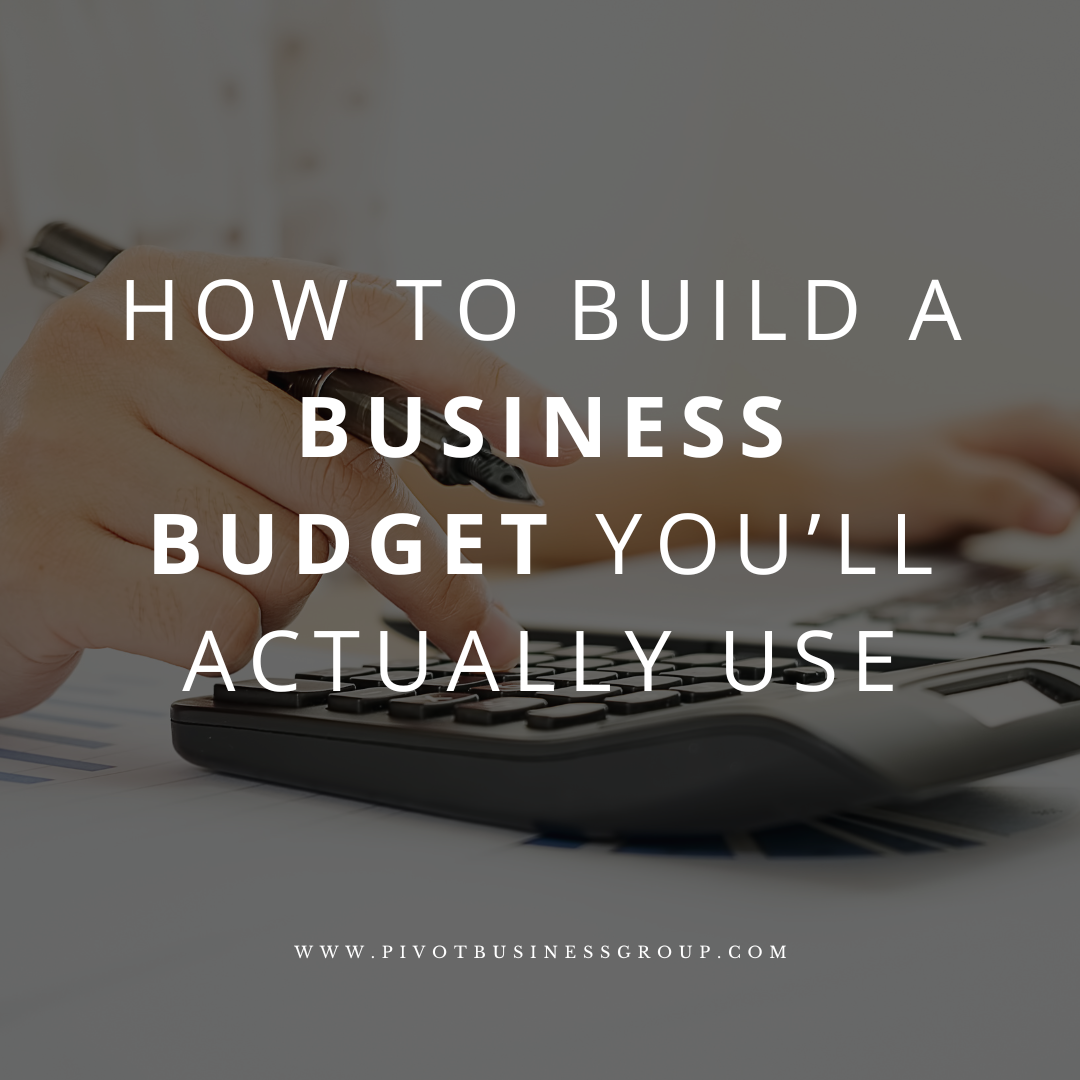How to Build a Business Budget You’ll Actually Use
Ditch the static spreadsheets and learn how to create a dynamic, actionable budget that supports real-time decision-making.
Most business owners don't start their journey excited to build budgets. In fact, for many, budgeting feels like busywork — a static spreadsheet built in January, quickly forgotten by March. But a budget, when done right, isn’t just a set-it-and-forget-it document. It’s a living, breathing decision-making tool. One that provides clarity, control, and confidence — especially when cash gets tight or big opportunities arise.
Here's how to create a budget that’s actually useful — and used.
1. Start With Reality, Not Hopes 🎯
It’s tempting to build a budget around what you want to earn or spend. But a solid budget starts with what’s actually happening now. Review your last 12 months of expenses and income. What patterns emerge? Where are the fixed vs. variable costs? What are your true margins?
By basing your budget on real data — not wishes — you’re setting yourself up for informed decisions, not disappointment.
2. Build It Backwards From Your Goals 🎯
Want to grow revenue 20%? Hire a team member? Launch a new product? Your budget should reflect those goals. Reverse-engineer the numbers. What revenue is needed to support the added costs? What does success actually cost you?
Budgets should be built around strategy, not just operations. When your numbers are aligned with your goals, you’re not just reacting — you’re leading.
3. Forecast Cash Flow, Not Just Profit 💵
A profitable business can still go broke if the timing of cash is off. Your budget should include monthly (or even weekly) cash flow projections. Look at when money is coming in and when bills are due. Anticipate slow seasons. Plan for tax payments. Knowing your cash runway is essential for making smart choices in real time.
4. Update It Monthly — Not Annually 🔁
A budget that’s only reviewed once a year is like a GPS with no signal — outdated and dangerous. Schedule monthly budget reviews. Compare actual results to your plan. Adjust based on what’s working (or not). A great budget flexes with your business, providing a constantly updated roadmap.
5. Make It Visual & Simple 👀
Forget complicated spreadsheets buried in tabs. Use visuals. Dashboards. Categories that make sense to you. The easier it is to understand your budget, the more likely you are to actually use it — and benefit from it.

